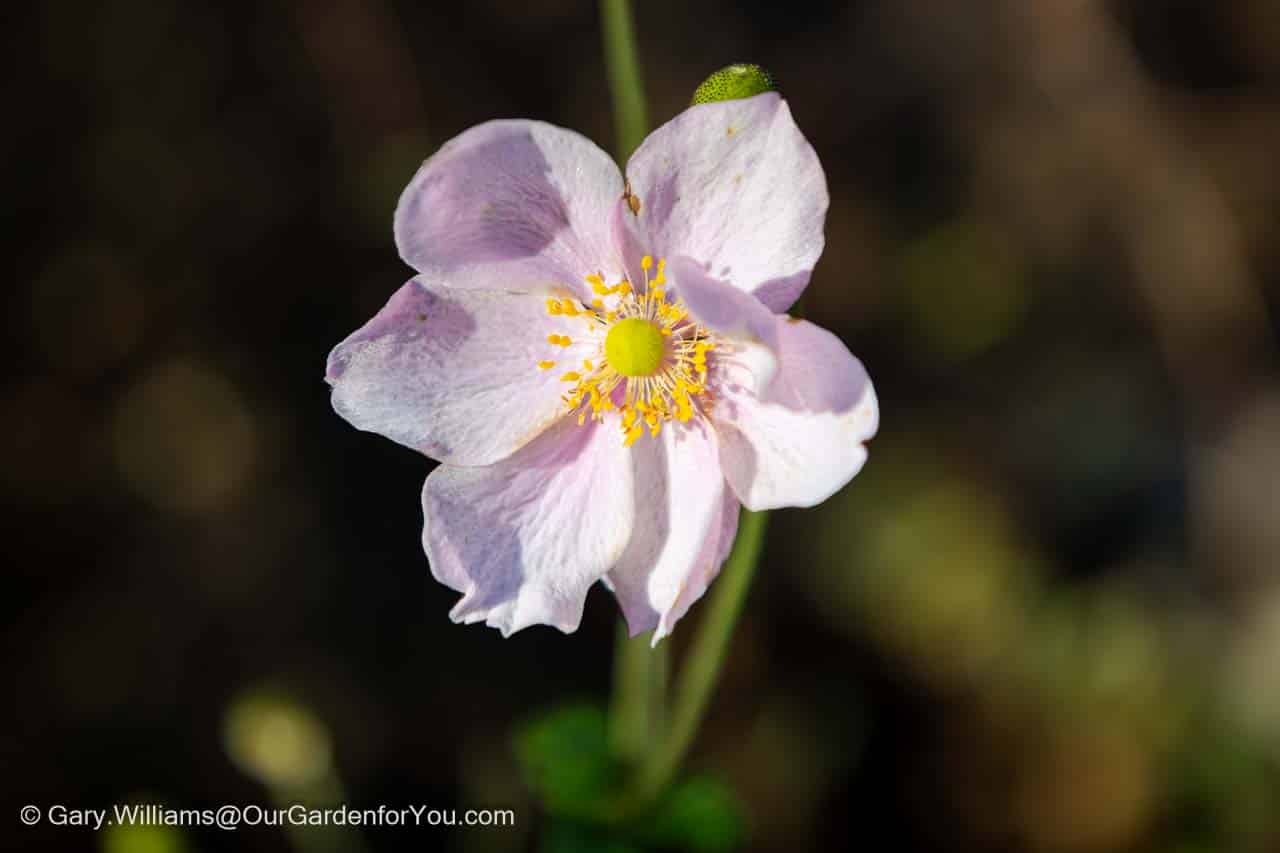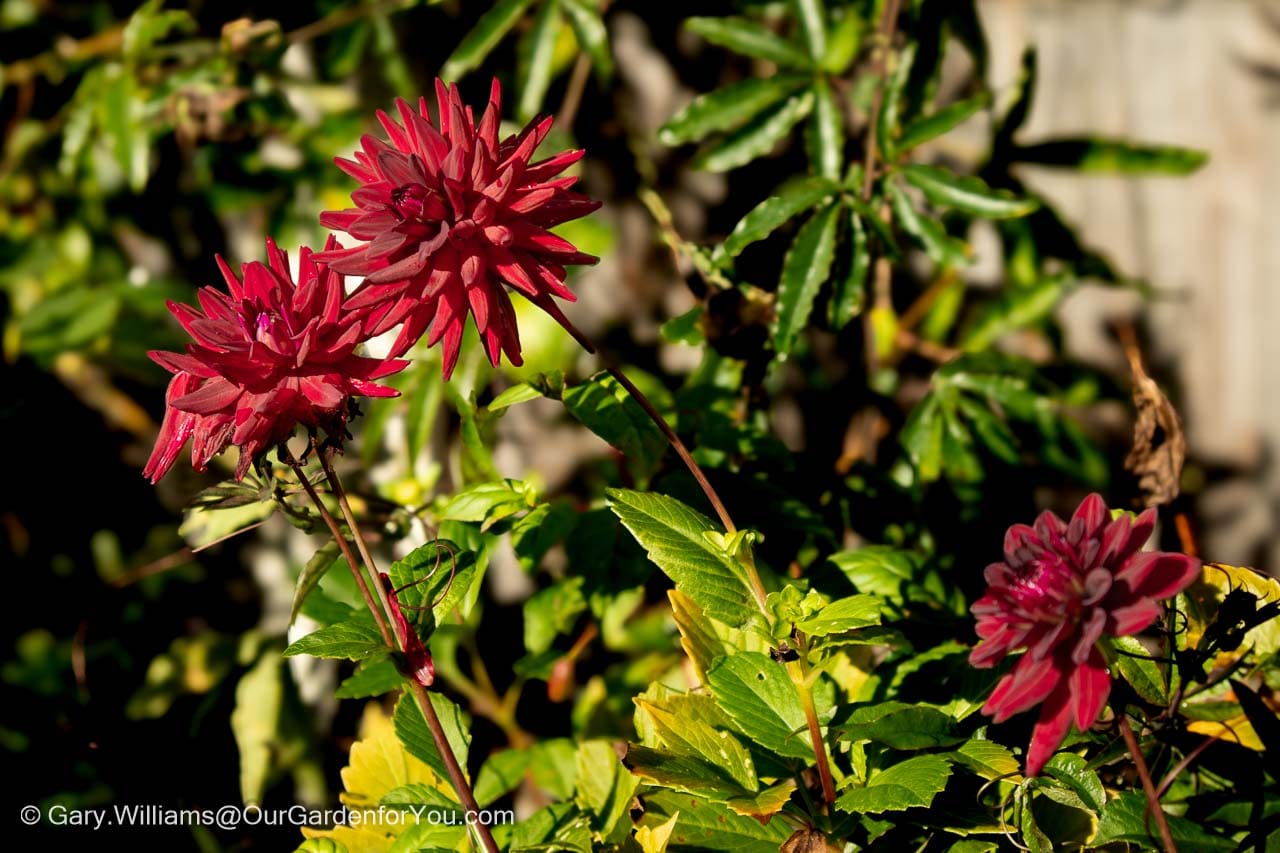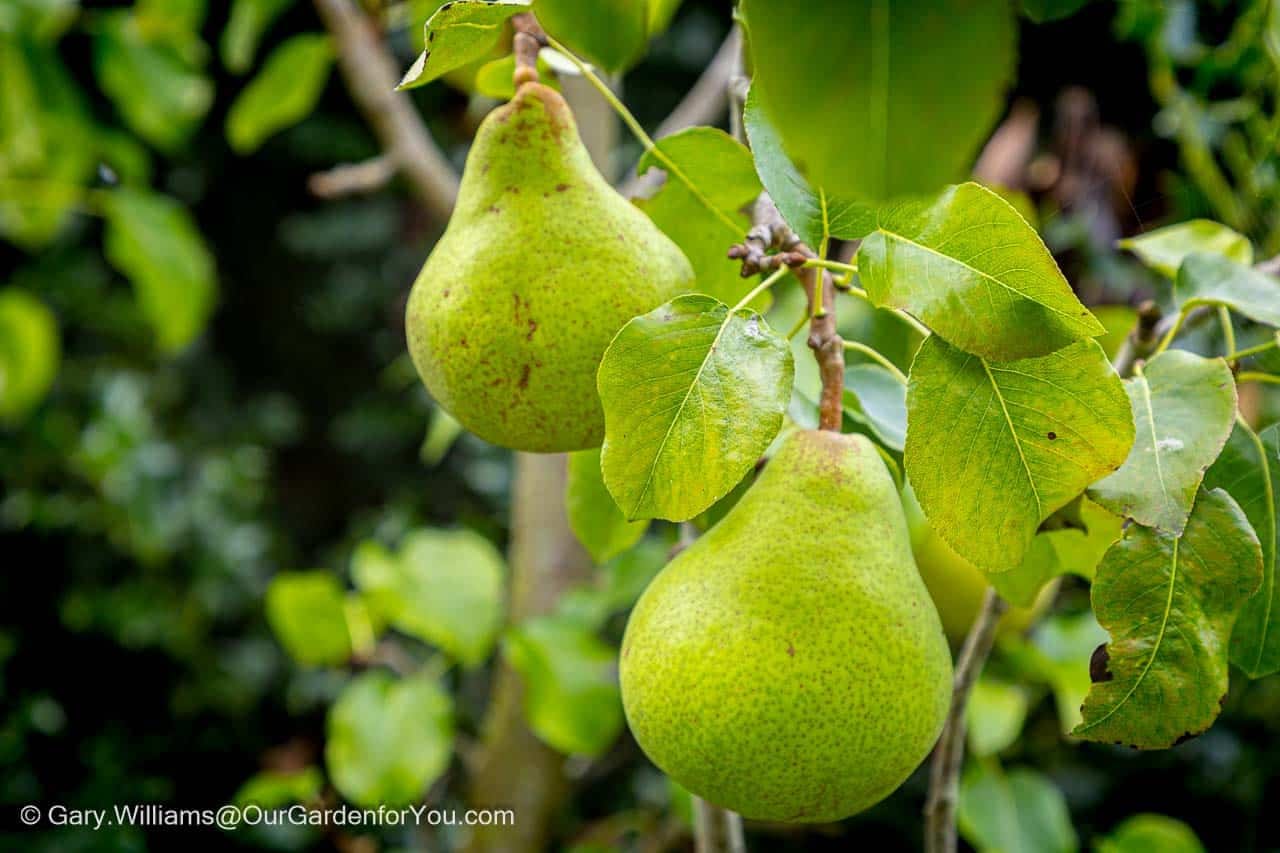You can never have too many sunflowers
It’s that time of year when I hide away in my potting shed for a few hours and peacefully start sowing my seeds for the year ahead. Eagerly awaiting that vibrant splash of colour which will bring cheerfulness to our cottage border bed.
Last year I had very positive results from my seeds, the majority were quite successful, especially my marigolds, hollyhocks, sunflowers, dahlias, nasturtium, and of course, chillies and tomatoes.
In past years I have sown far too many seeds and I can imagine 2023 will be no different. The thing is, you just never know if they will all be successful, so you have to err on the side of caution. Well, that’s my excuse anyway.
I know you are meant to be a little ruthless and perhaps discard the weaker seedlings, but I can’t do it. I want to give them all a chance; that’s when I end up with a freight load of tomatoes.
Pinterest?
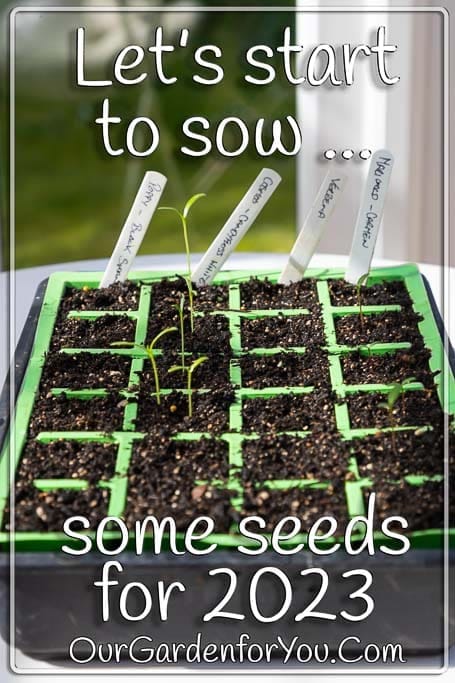
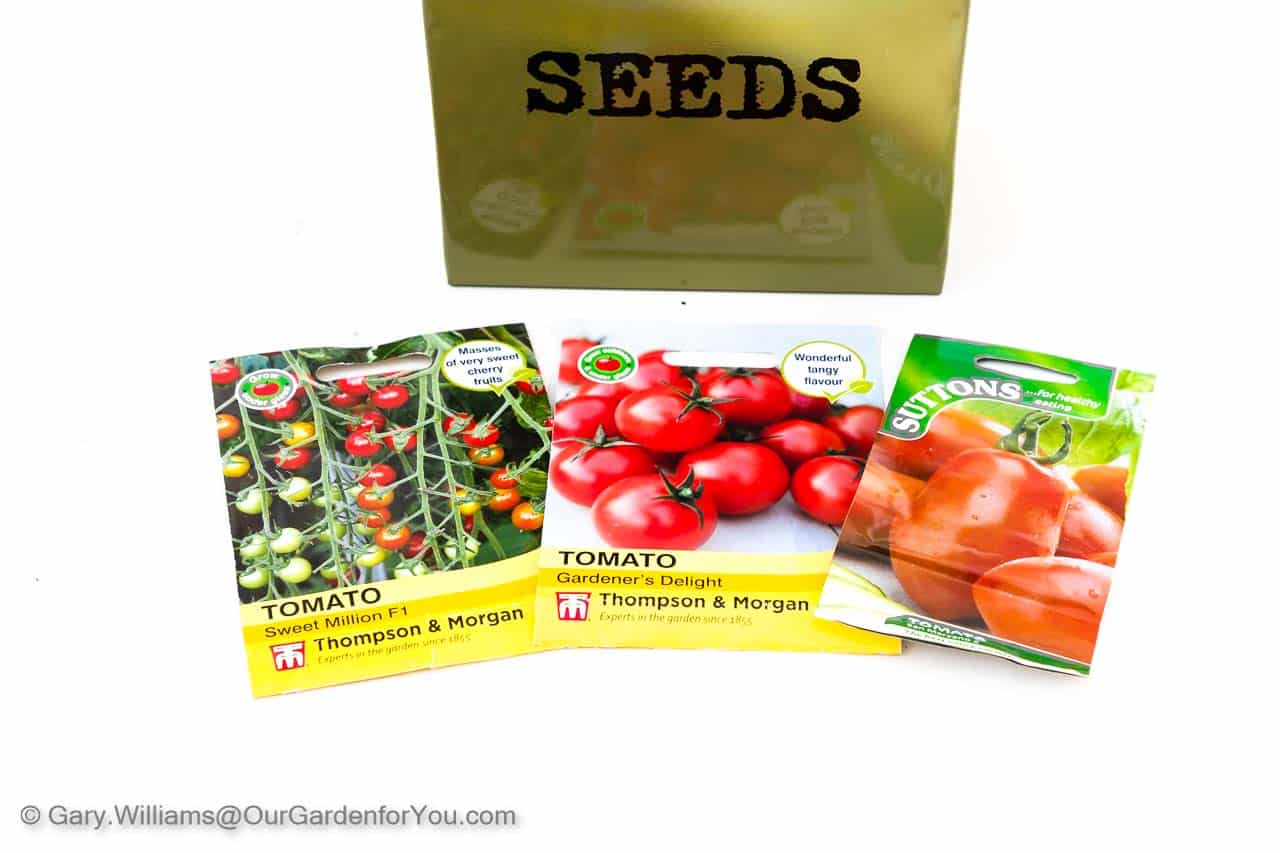
Using vermiculite and perlite
The winning combination for sowingNow, perlite is like tiny little pieces of rock and will act as an aerator to help drain some moisture away.
It may seem mad using them together as they are, in essence, the opposite of each other; however, using them together is a winning combination.
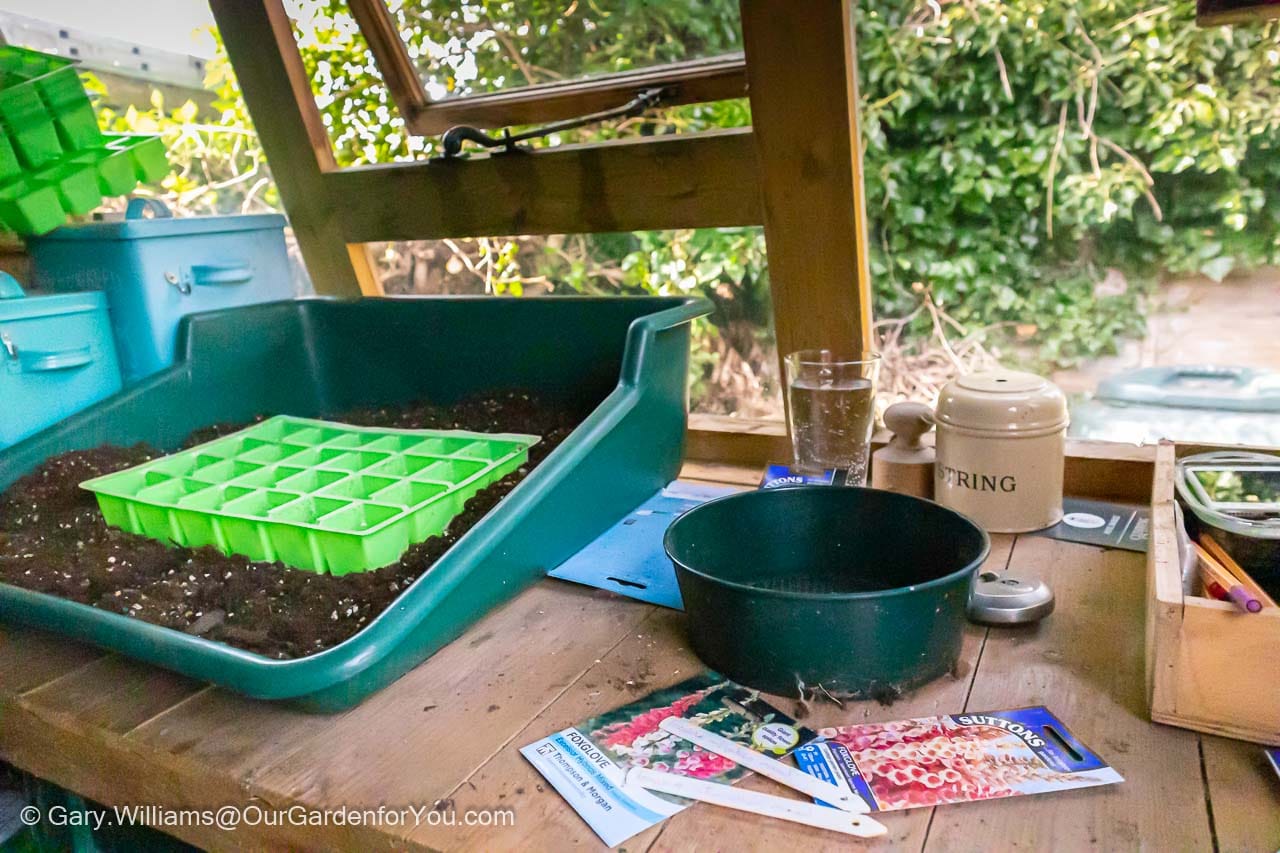
I’m lucky enough to have the space in my potting shed to mix up the peat-free compost, perlite, and vermiculite within a potting tray.
I find that using this tray, makes it easier to fill up my trays and pots otherwise; it can get a bit messy.
Are you a seed tray person, or do you use pots?
Or a combination of them allOnce my seedlings begin to grow stronger, I will transfer them to single pots to give them more room to stretch and grow individually. However, when I first sow my seeds, I tend to use a combination of propagating techniques. I suggest you try a few and see which you prefer, or like me, you can mix and match.
This year I have started with cell seeding trays as I like the seeds to have a compartment each, and if you lack the space for individual pots, then this works very well. In the past, I have also used deep root trainers for sweet peas, which have been quite successful.

I also use small individual pots. Once again, I have a combination of little plastic pots and peat-free biodegradable pots, I used the biodegradable pots for the first-time last year. These can work out a little more expensive but are good for the environment.
Or, if you enjoy a yoghurt or two, save your washed-out yoghurt pots and pierce a few small holes in the bottom, et voila, you have a free propagator.
Finding that sunny spot
Fingers crossed, they start to germinateI have just counted the different species of seeds I have sown, and incredibly I have 30 different varieties. Where are they all going to go? I was going to plant some more too.
I do have a cold frame on the patio. But, at the moment, it is a little too chilly of an evening for them to go outside, so, lucky enough, I have a conservatory. It obviously isn’t ideal to use the conservatory. Still, it does get a huge amount of light for most of the day and is a perfect temperature through the night.
But of course, any indoor sunny window ledge is perfect for your seeds, and you can nurture them and chat to them indoors.
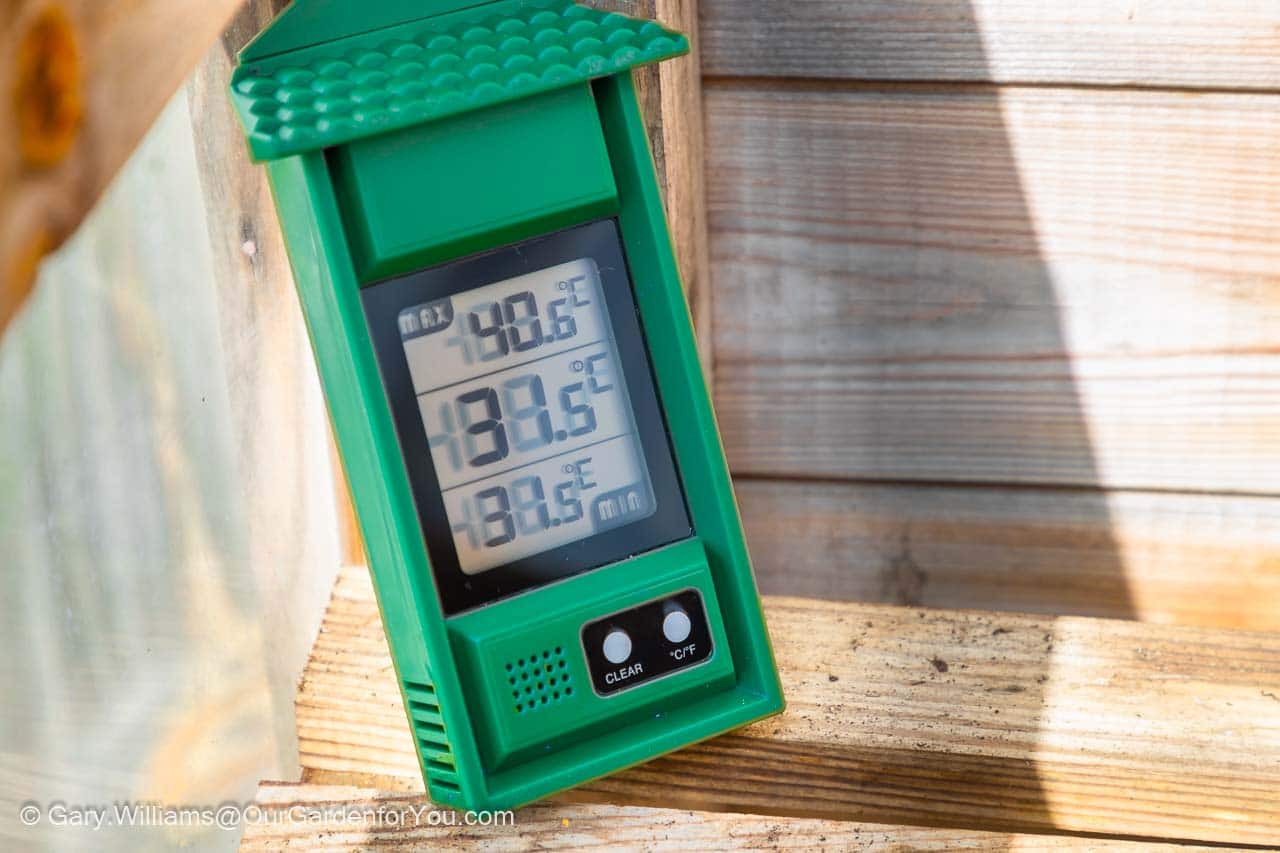
Last year I splashed out on a digital thermometer for use in conservatories, cold frames, and greenhouses. The digital thermometer displays the current temperature and the maximum and minimum reached.
I’ve placed it in my cold frame so I can get an indication of the rise and fall in temperatures through the day, and it’ll help me decide when I can move the seedlings to the cold frame.
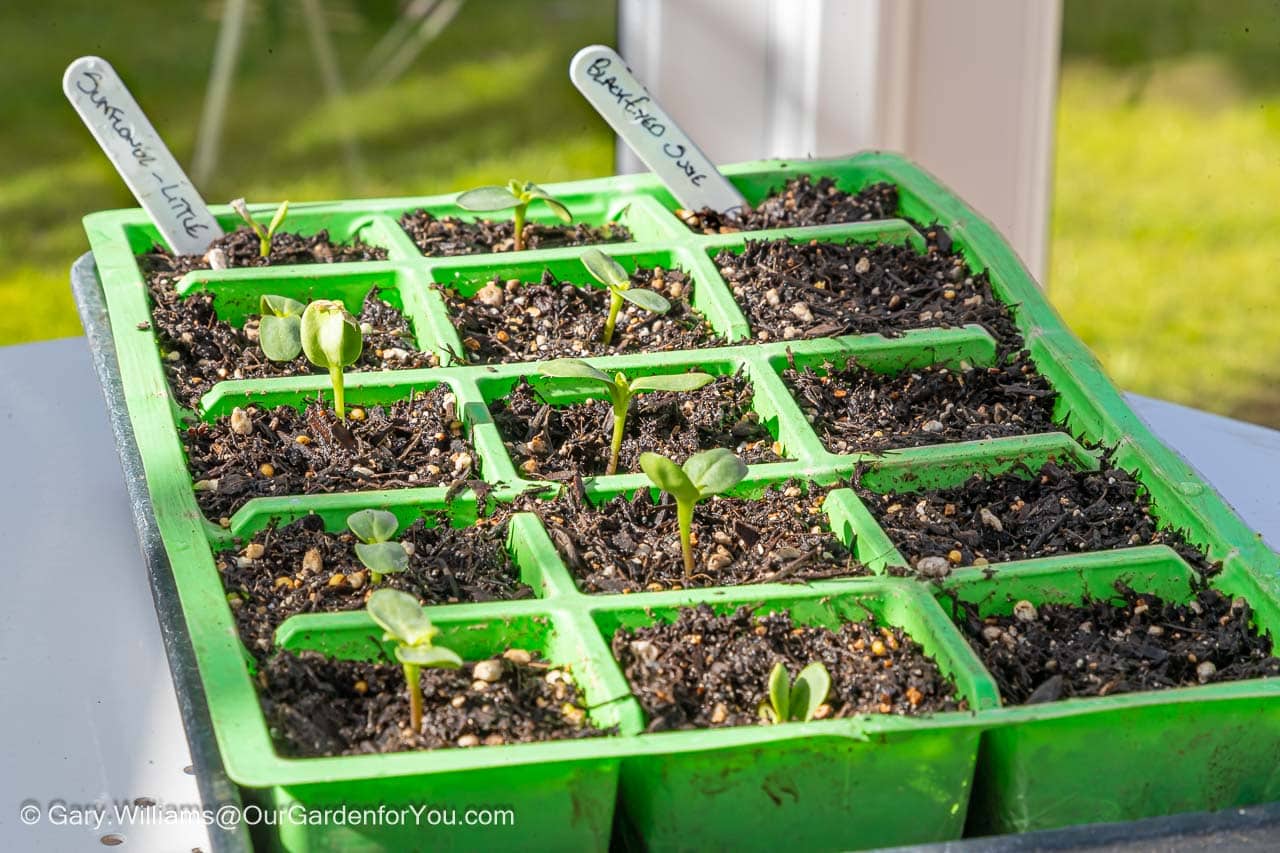
I planted my seeds about 10-12 days ago, and even though I’ve been watering them, I didn’t actually lift the lids until seven days had passed. And to my utter amazement, some of the seeds have started growing.
I planted 10 sunflower seeds; all 10 have burst through the soil and are around one to two inches tall already.
* This post may contain links to affiliated sites where we earn a small commission at no additional charge to you.



